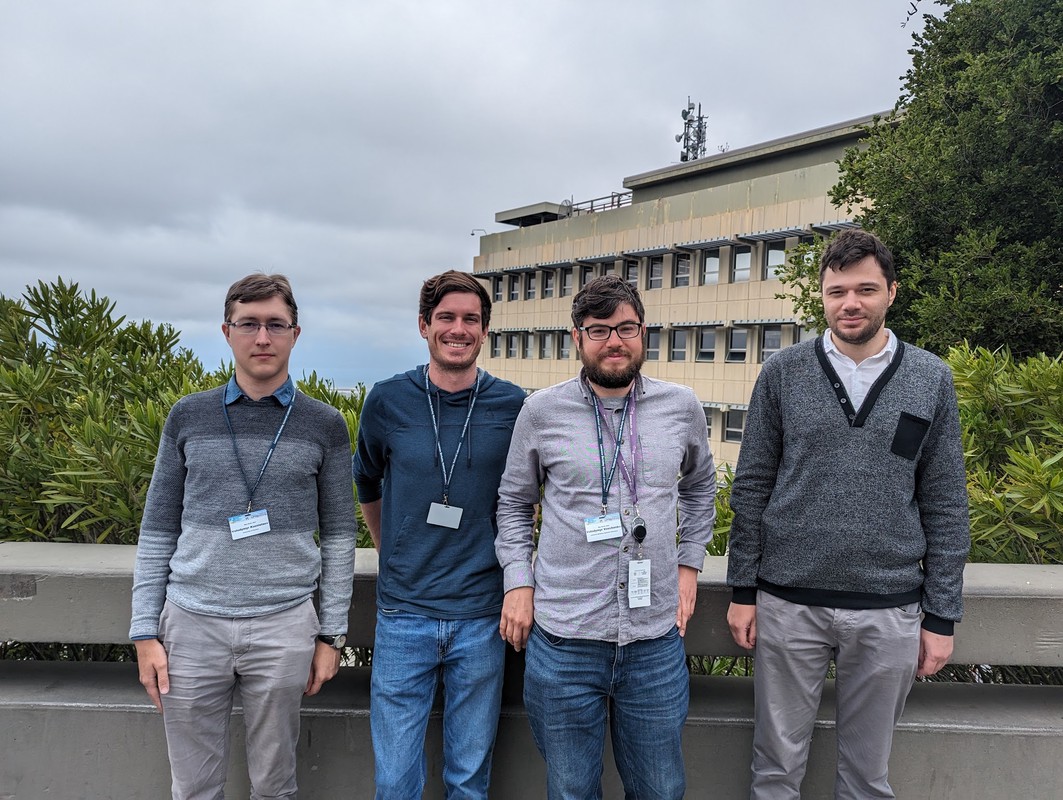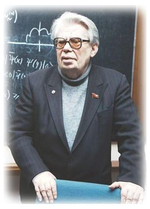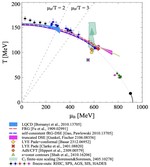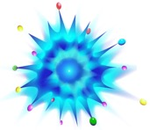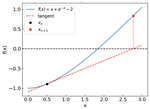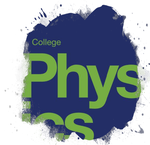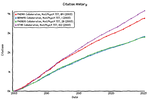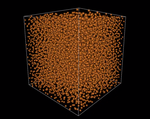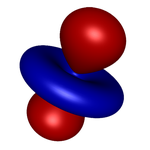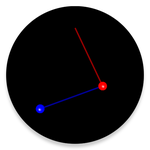About me
Welcome to my homepage!
I am an Assistant Professor of Physics at the University of Houston. Since 2022 I am leading a Nuclear Theory Group at UH. My group’s research primarily focuses on the properties of strongly interacting QCD matter under extreme conditions such as those realized in ultra-relativistic heavy-ion collisions and neutron stars.
Previously, I had obtained my Master degree in Physics at Taras Shevchenko National University of Kyiv in Ukraine, a PhD degree at Goethe University Frankfurt in Germany, and then held appointments as a Research Assistant at the Institute for Theoretical Physics of the Goethe University in Frankfurt, Germany, a Feodor Lynen Research Fellow in the Nuclear Science Division at Lawrence Berkeley National Laboratory and a Research Assistant Professor at the Institute for Nuclear Theory at the University of Washington.
Here you can find information about my research, publications, talks, and projects, as well as my group members.
Interests
- QCD Theory and Phenomenology
- Heavy-Ion Collisions
- Neutron Stars
- Scientific Computing
Education
-
PhD in Theoretical Physics, 2018
Goethe University Frankfurt, Germany
-
MSc in Physics, 2013
Taras Shevchenko National University of Kyiv, Ukraine
-
BSc in Physics, 2011
Taras Shevchenko National University of Kyiv, Ukraine
